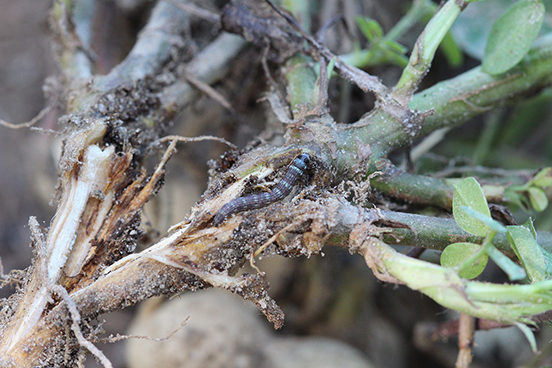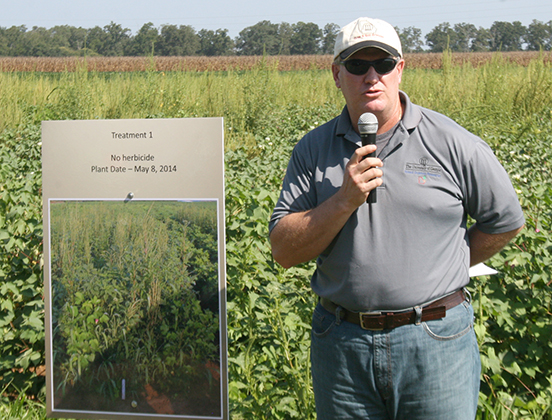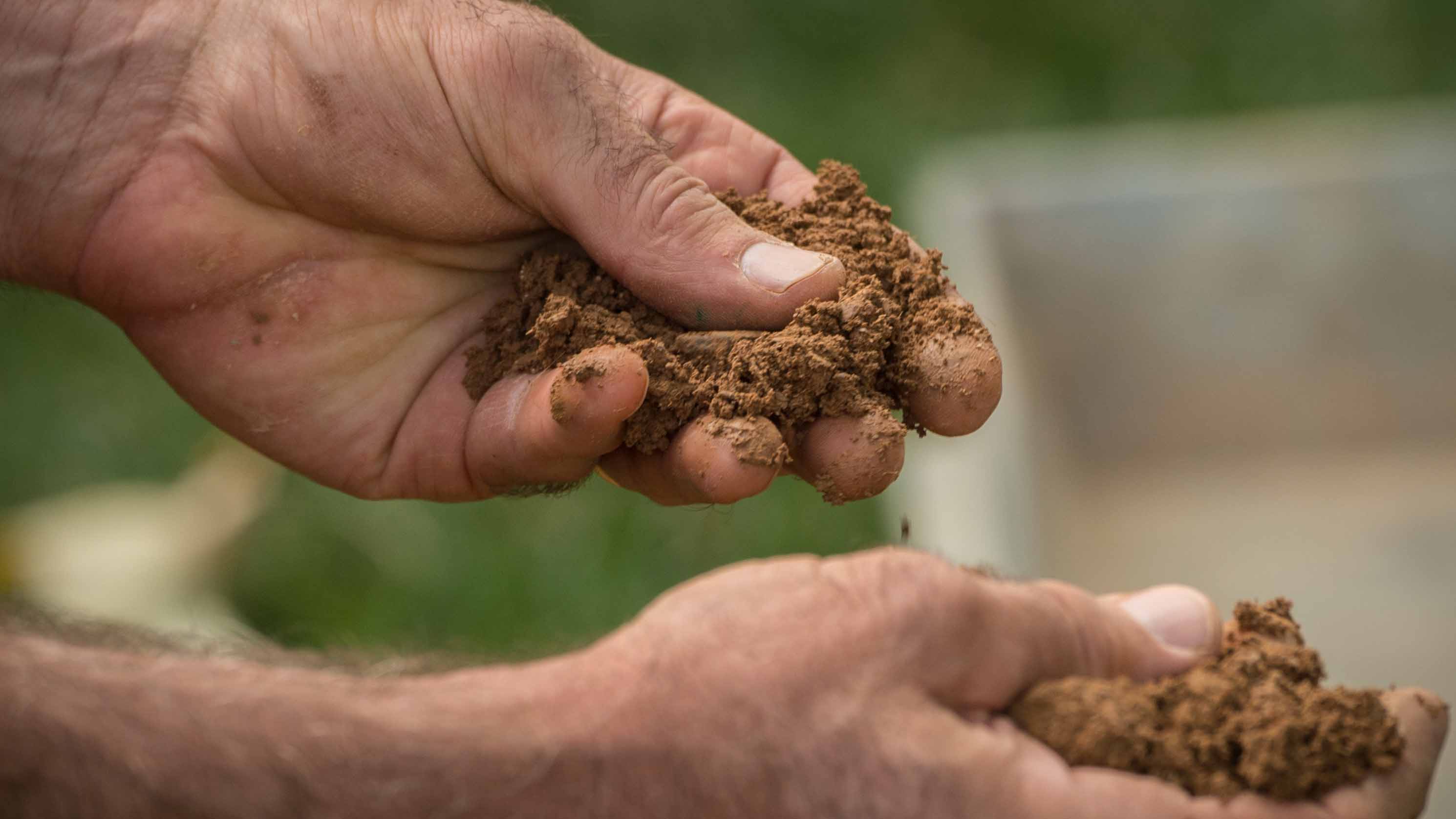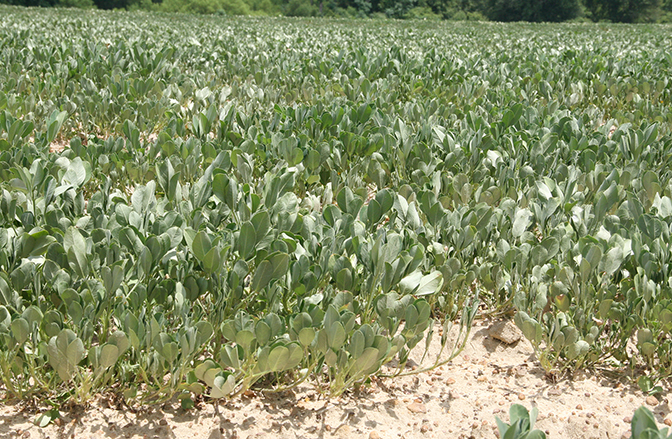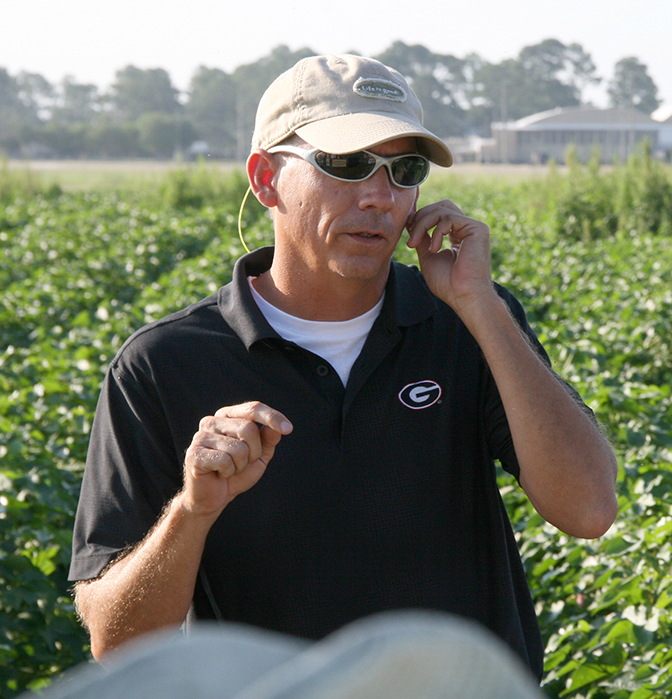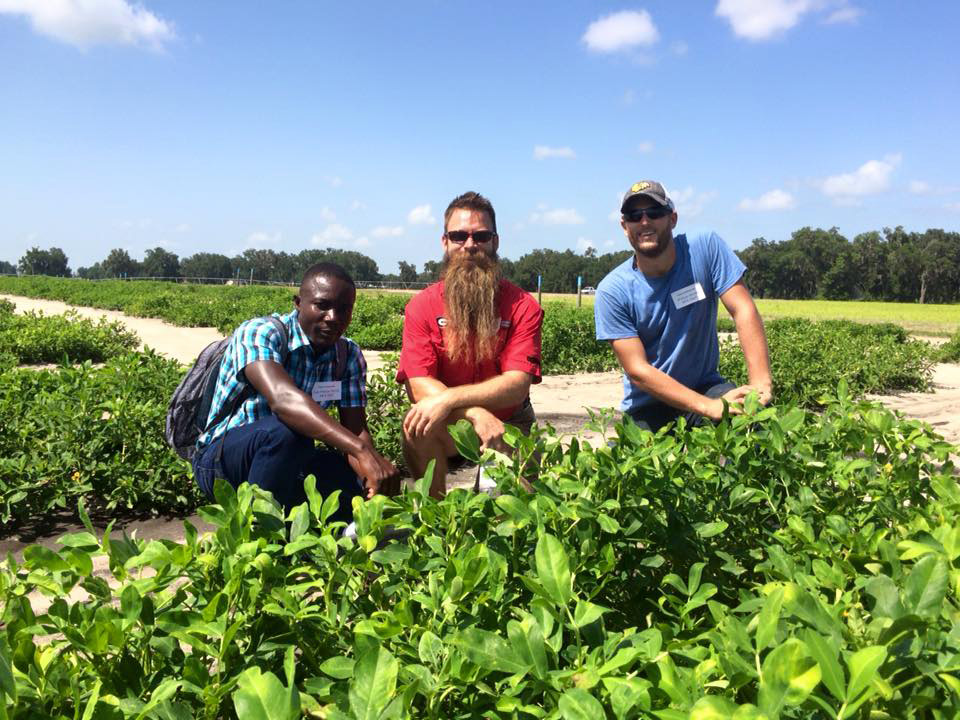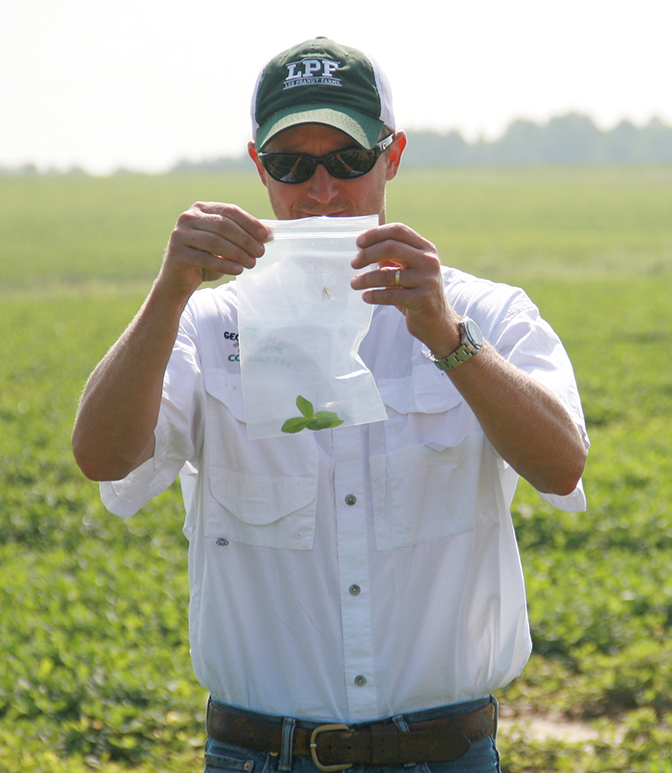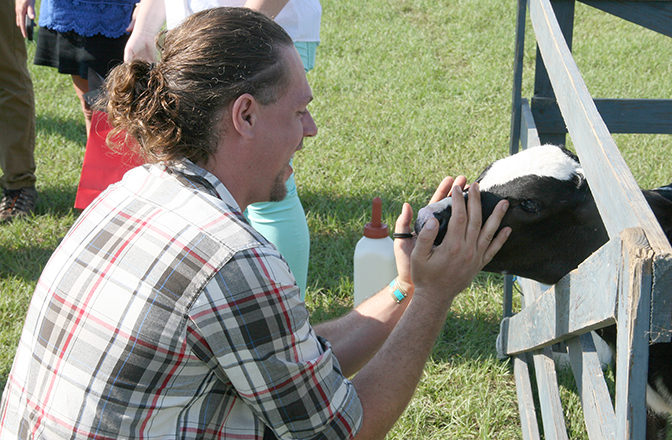 CAES News
CAES News
New Faculty Tour
Thirty-six faculty members from the University of Georgia visited the Future Farmstead energy efficient house, learned about irrigation and peanut genetics, and fed calves during their stop at the UGA Tifton Campus as part of the 2016 New Faculty Tour.

